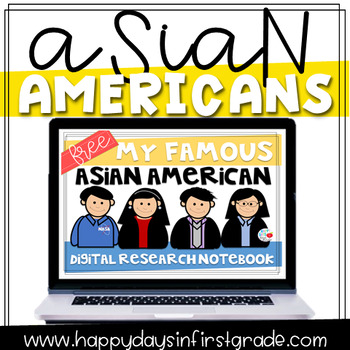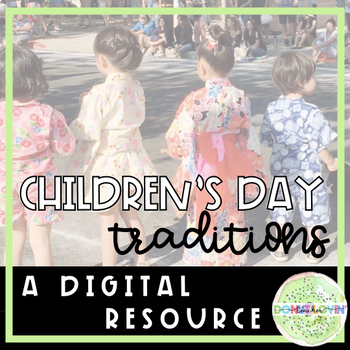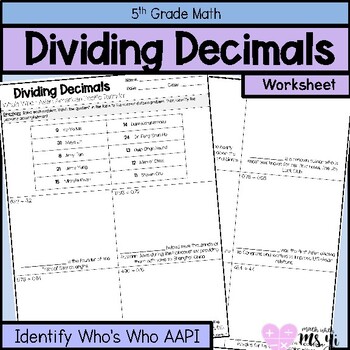
489
The month of May, which is Asian American, Native Hawaiian, and Pacific Islander Heritage Month, presents a timely opportunity to celebrate how Asian Americans, Native Hawaiians, and Pacific Islanders (AANHPIs) have contributed and shaped history as we know it today. Here are some recommendations from Asian and Pacific Islander educators that you can use as a starting point.
5 Ways to Teach About Asian American, Native Hawaiian, and Pacific Islander Histories, Cultures, and Experiences
To ensure that your lessons continue to reflect the diversity of the students you serve, it’s important to reflect on how you can bring the histories, heritages, and contributions of Asian Americans, Native Hawaiians, and Pacific Islanders into your classroom throughout the year. Use these strategies to teach about these topics — during the month of May and throughout the school year.
Do your research.
When prioritizing teaching about AANHPI experiences and perspectives in their classroom, Staci from Donut Lovin’ Teacher recommends doing their own research and learning as a first step. “Just like with anything teachers bring into the classroom, you’ll have to build your own context and understanding first,” she says. “You can start by thinking about what you already teach and looking at ways to incorporate Asian and Pacific Islander representation, or you dive straight into learning more about a specific topic.”
Amplify the voices and experiences of Asian Americans, Native Hawaiians, and Pacific Islanders in your curriculum.
AANHPI communities — both in the U.S. and around the globe — are incredibly diverse groups of people that each have their own unique cultures and histories. Because of this, it’s important for educators to look to and incorporate the voices of Asian and Pacific Islanders to ensure a broad and accurate representation of these communities. Stephanie from Math with Ms. Yi stresses the importance of seeking out, listening to, and amplifying the voices of AANHPI individuals in your curriculum. “If you’re looking for resources on Asian or Pacific Islander history, individuals, or culture,” she says, “try to find [materials by] authors whose experiences can be reflected in the resources you use.”
Leverage books as a starting point.
Books written by and about Asian Americans, Native Hawaiians, and Pacific Islanders are a good starting point to gain new understandings and perspectives. For young readers especially, books can be a good way to introduce topics like diversity and acceptance into the curriculum. Ha from Happy Days in First Grade says, “I’ve found that using picture books and explaining the importance of celebrating diversity has been most impactful in helping my students become more engaged. In addition to learning about specific famous and distinguished Asian Americans and Pacific Islanders, it has also broadened my students’ understanding and appreciation of the contributions of these individuals throughout our history.”
Additionally, not only do books serve as a good way to bring diverse perspectives into your classroom, it also allows AANHPI students to see themselves in the materials they’re learning. Jenn from Keep Your Chin Up talks about why this is so important. “A lack of diversity in children’s books can be harmful to the self-image of the students whose stories are untold and under-represented. If our students don’t consistently see themselves or see a connection in the books they read and the topics they learn about in school,” she says, “it sends a message that their culture isn’t important enough to learn about.”
Make connections with content they’re already learning.
Many Teacher-Authors we interviewed stressed the need to make connections and highlight AANHPI history, culture, and individuals in daily lessons. Doing so can help to expand students’ cultural awareness while also giving them a more global understanding of the world that we live in. Jenn from Keep Your Chin Up had plenty of ideas for other ways that teachers can do just this. “In English, read biographies about influential Americans or read books written by authors who identify as Asian, Native Hawaiian, or Pacific Islander. In social studies, learn about the geography of different countries. In science, students can study scientists, like Chien-Shiung Wu and Steven Chu, or the first Asian American astronaut, Ellison Onizuka.”
Similarly, Hyemi from Highs and Lows of a Teacher will make connections between American history and the history of her native country, Korea. “When learning about the American Civil War, I highlight the Korean Civil War, and we have a deep discussion of some similarities and differences.” she says. “And when learning about famous leaders in America, I mention some of the notable leaders in Korea, such as King Sejong who created Hangul (the Korean alphabet) for his people.” She notes that sometimes when she makes these connections, other AANHPI students feel encouraged to share what they know as well, opening up rich discussions where students can learn from each other.
Chloe from Tiny Teaching Shack adds: “As much as possible, I like to highlight AANHPI culture and history by ensuring that my students are aware of the sheer breadth of diversity and difference within that region. With so much to choose from — the exciting cultural growth fuelled by the K-Wave from South Korea, or the nature and wildlife of a territory as diverse as Australia — there are usually ways to work those subjects into the curriculum for students of all ages.”
Go beyond cultural celebrations and traditions.
While it’s important to teach about the diverse cultures through traditions and celebrations of the AANHPI communities, Staci from Donut Lovin’ Teacher urges teachers to not limit their curriculum to just that. Rather, take the opportunity to look critically at history and the injustices in the past and present, and facilitate conversations around allyship and advocacy. “One specific part of history that I’d like to see highlighted more often,” she says, “is the forced removal and mass incarceration of Japanese and Japanese Americans in the U.S. during World War II. As a child, I watched the ways that my grandfather worked to ensure that the experiences of this time period would never be forgotten. Yet, in middle school I remember the few short sentences in a history textbook that were supposed to suffice this huge part of my own family history.”
If you’re looking for resources to teach about AANHPI history and heritage, here are just a few from Asian and Pacific Islander educators to get you started:
FREE Famous Asian American Digital Notebook
Grades: 1-5

Children’s Day Traditions in Japan – Digital Resource
Grades: 4-8

Asian Heritage Month Resource FREEBIE – includes assessment
Grades: 4-8

Dividing Decimals for Asian American Pacific Islander Month Distance Learning
Grades: 5
This post, originally published in 2021, has been updated for 2024.






